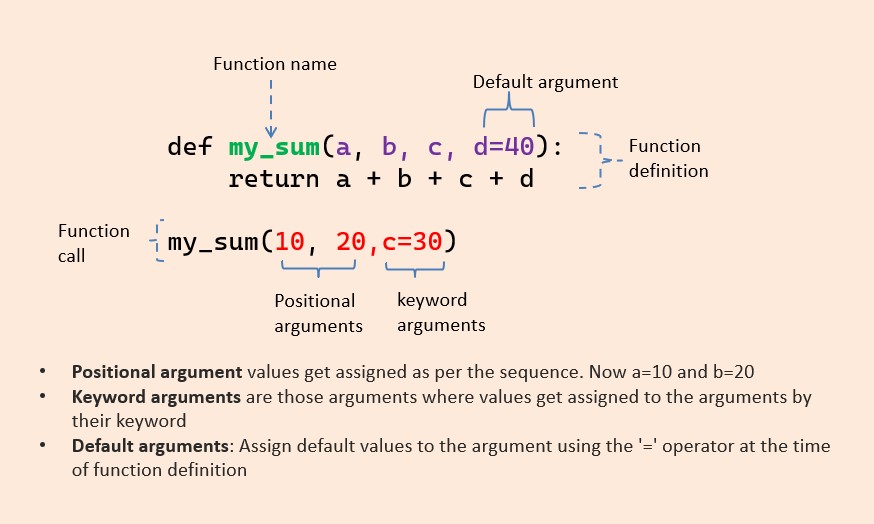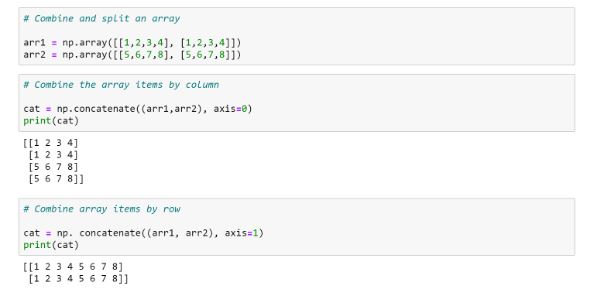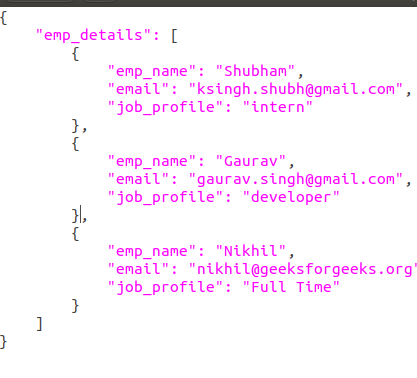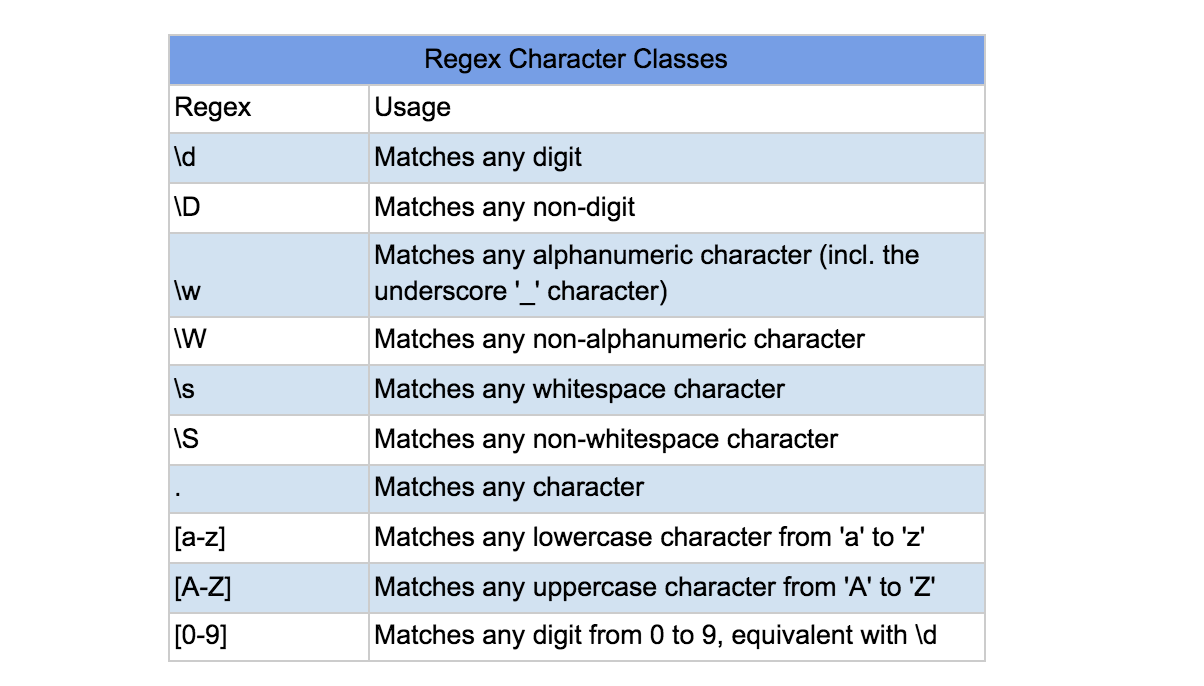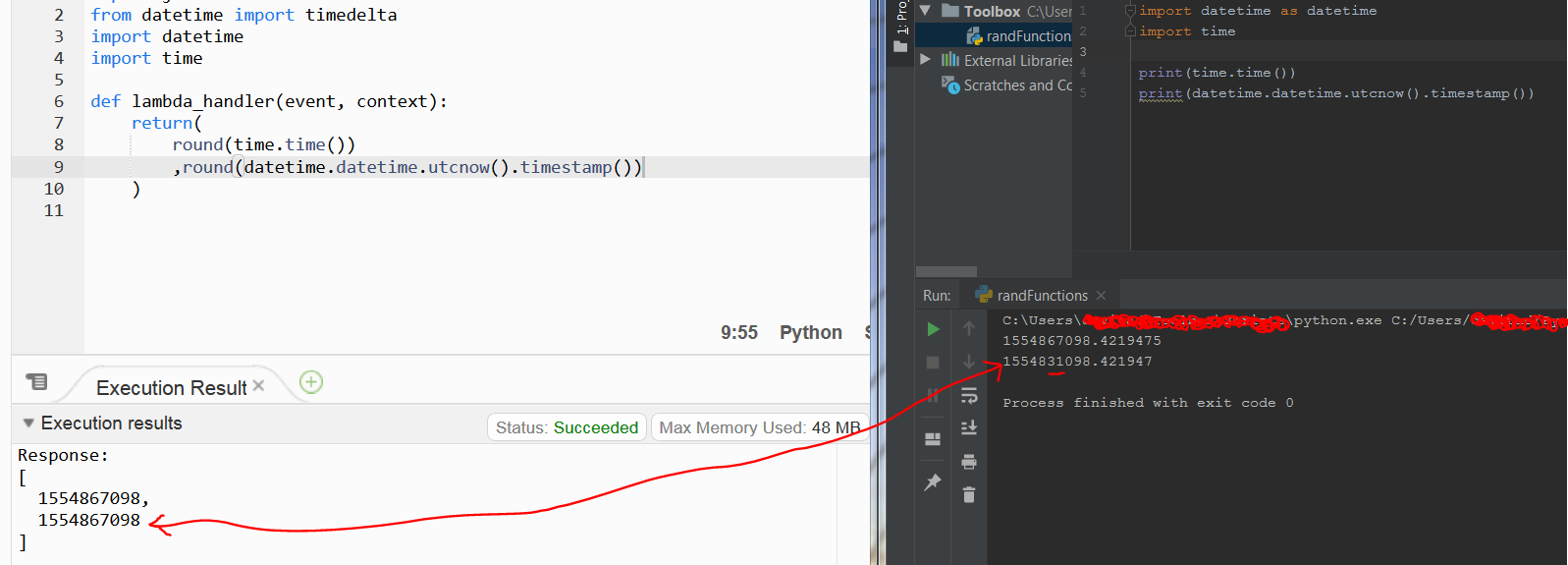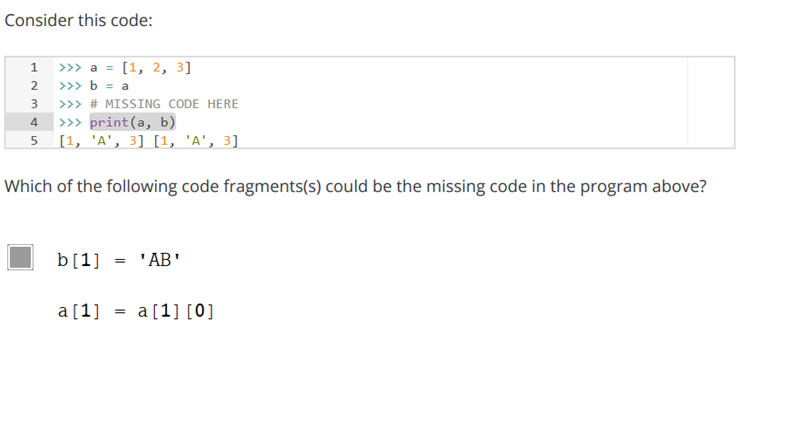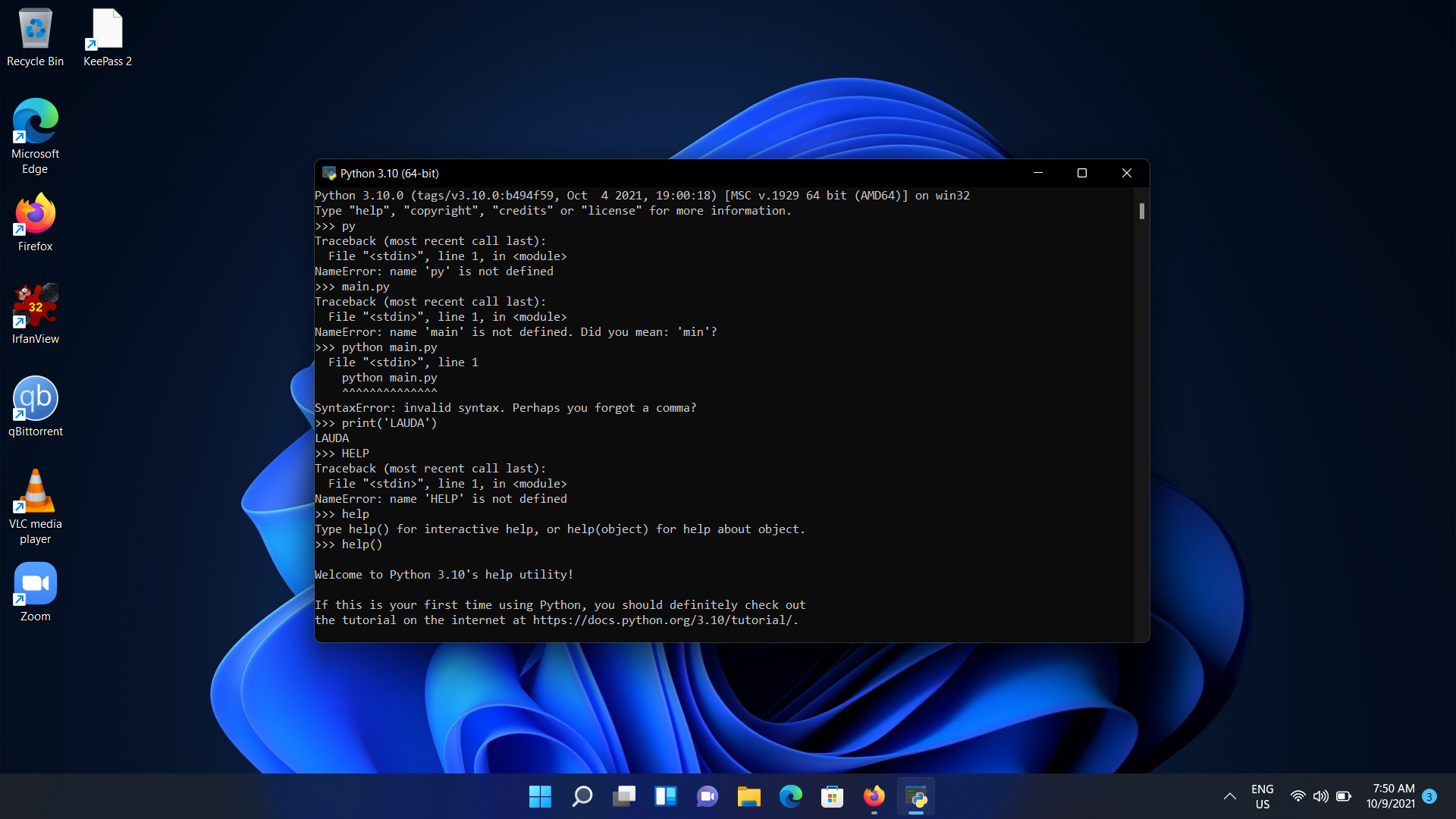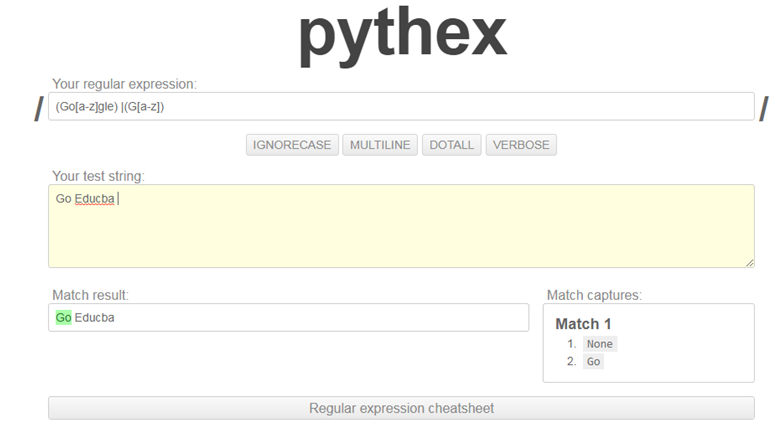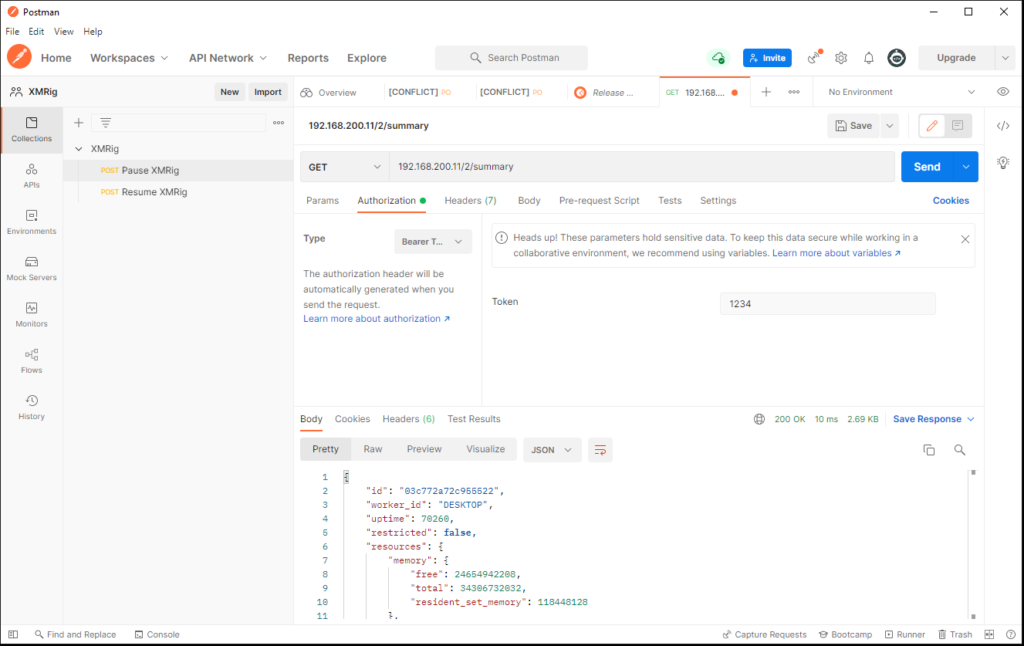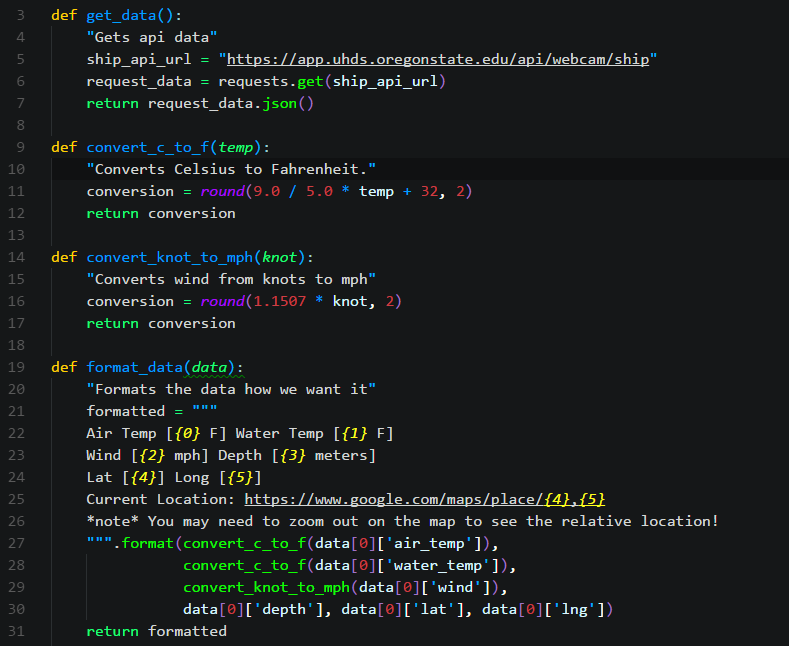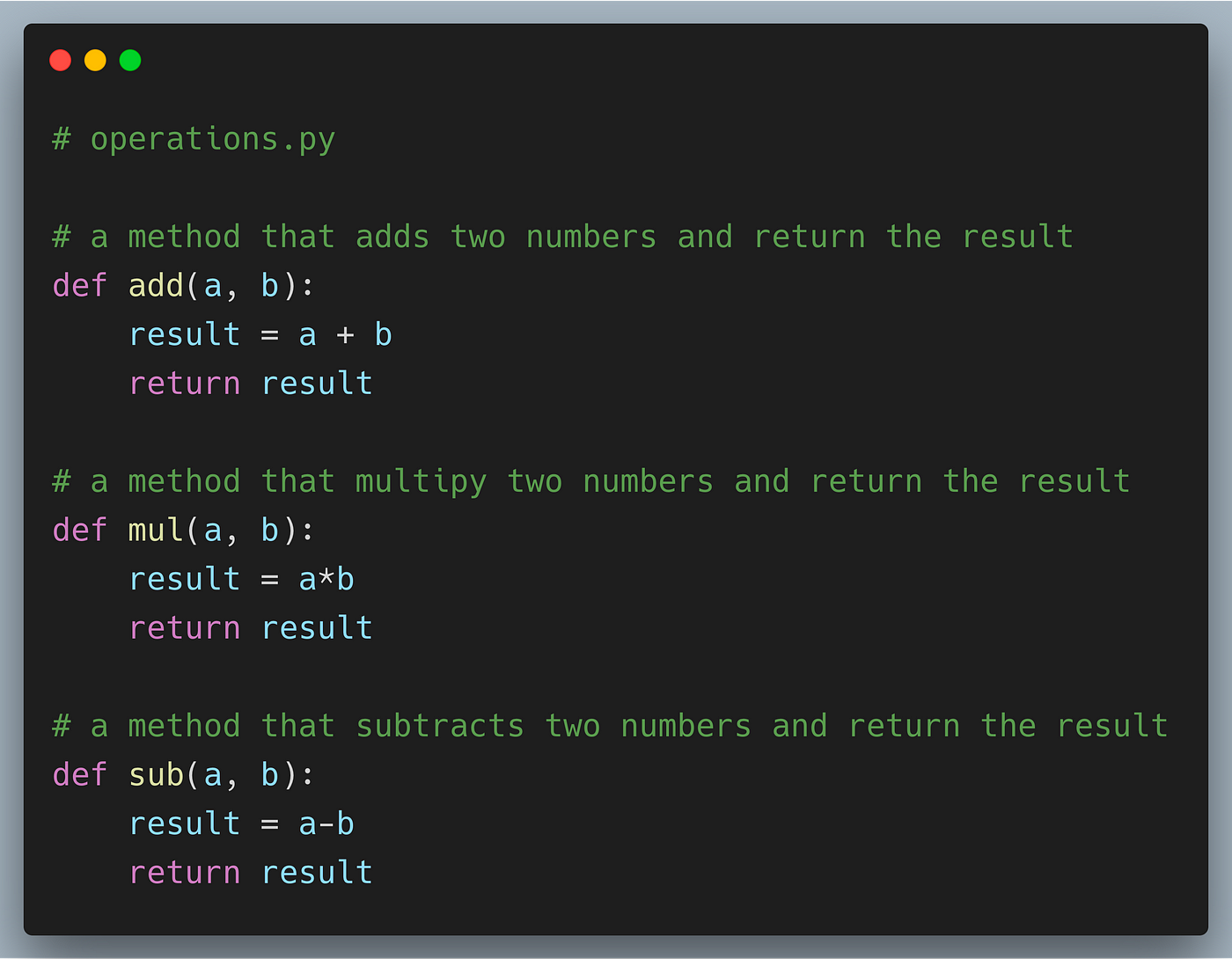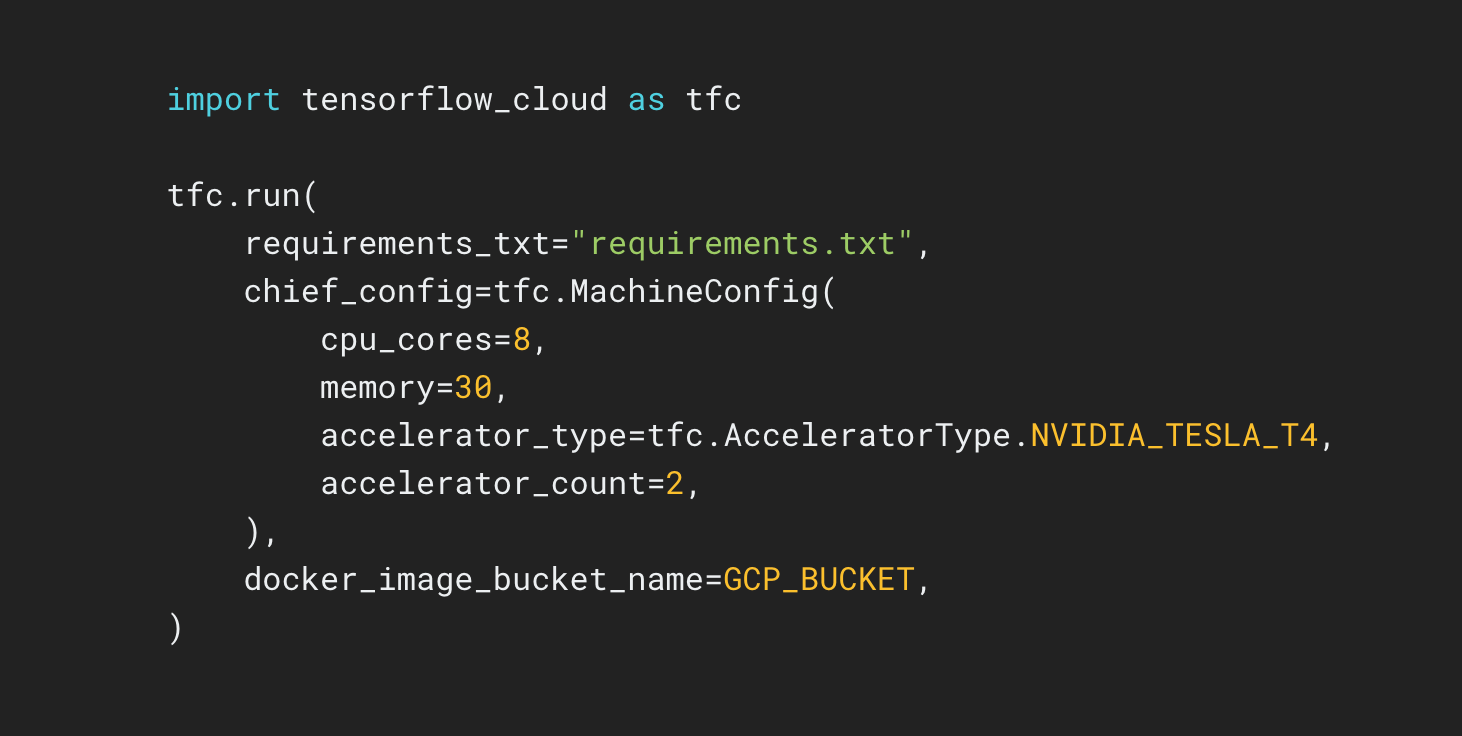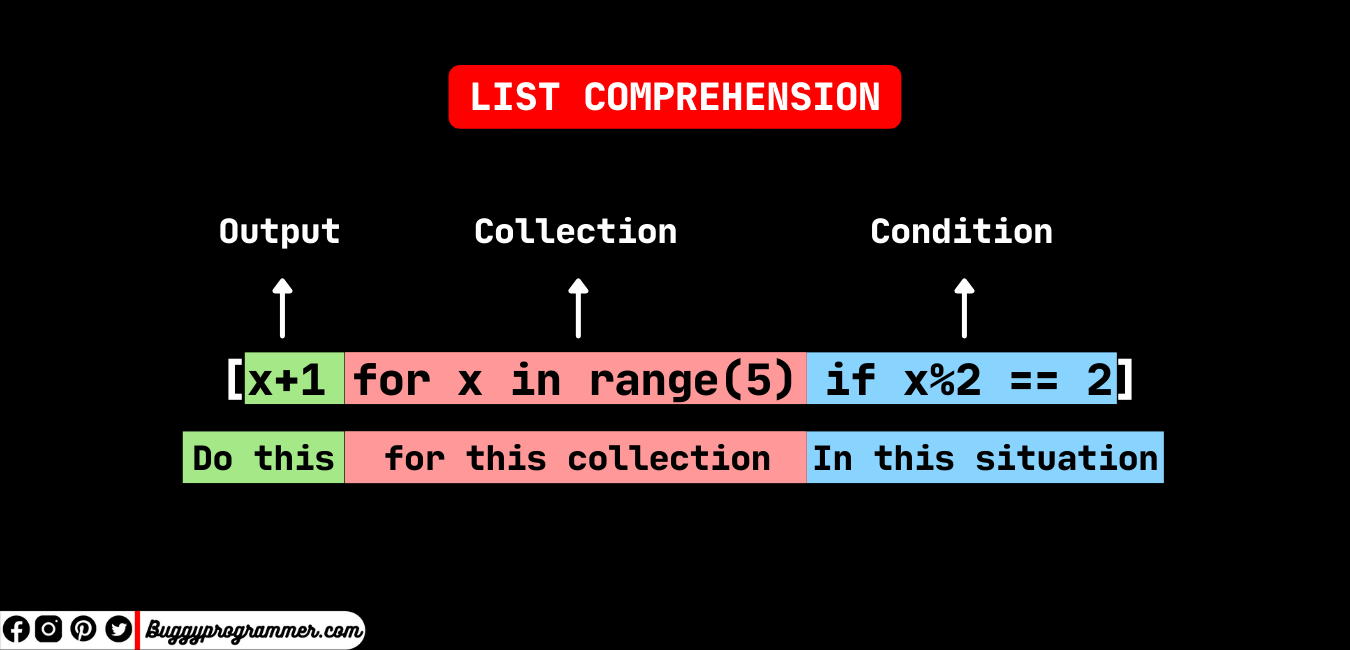What are the 6 operators in Python?
What are the 6 operators in Python?
I'd be happy to explain the six operators in Python!
Python is a programming language that uses various symbols, called operators, to perform operations on values and variables. There are six main types of operators in Python: arithmetic, comparison, logical, assignment, membership, and identity.
Arithmetic Operators:Arithmetic operators are used for mathematical calculations. The five basic arithmetic operators in Python are:
Addition (+): a + b = c Subtraction (-): a - b = c Multiplication (*): a * b = c Division (/ or //): a / b = c or a // b = c (for integer division) Modulus (%): a % b = cThese operators work as you would expect: adding two numbers, subtracting one from the other, multiplying them together, dividing one by another, and finding the remainder when one number is divided by another.
Comparison Operators:Comparison operators are used to compare values or variables. There are six comparison operators in Python:
Equal (==): a == b checks if two values or variables have the same value Not equal (!= or !=): a != b checks if two values or variables do not have the same value Greater than (>): a > b checks if one value or variable is greater than another Less than (<): a < b checks if one value or variable is less than another Greater than or equal to (>=): a >= b checks if one value or variable is greater than or equal to another Less than or equal to (<=): a <= b checks if one value or variable is less than or equal to anotherThese operators are used to compare values, variables, and expressions.
Logical Operators:Logical operators are used with Boolean expressions to determine the outcome of conditional statements. There are three logical operators in Python:
And (&): a and b returns True if both a and b are true Or (|): a or b returns True if at least one of a or b is true Not (~): not a returns False if a is True, and vice versaThese operators help you create more complex conditional statements.
Assignment Operators:Assignment operators are used to assign values or expressions to variables. There are several assignment operators in Python:
Simple assignment (=): a = b assigns the value of b to variable a Addition assignment (+=): a += b adds the value of b to a and assigns the result back to a Subtraction assignment (-=): a -= b subtracts the value of b from a and assigns the result back to a Multiplication assignment (*=): a *= b multiplies a by the value of b and assigns the result back to a Division assignment (/= or //=): a /= b or a //= b divides a by the value of b and assigns the result back to a Modulus assignment (%=): a %= b calculates the remainder of a divided by the value of b and assigns the result back to aThese operators make it easier to perform operations on variables.
Membership Operators:Membership operators are used to check if an item is present or not in a collection like list, tuple, or dictionary. There are two membership operators in Python:
In (in): a in b checks if the value a is present in the list, tuple, or dictionary b Not in (not in): a not in b checks if the value a is not present in the list, tuple, or dictionary bThese operators are used to check membership and non-membership.
Identity Operators:Identity operators are used to check if two objects or values have the same identity. There are three identity operators in Python:
Is (is): a is b checks if two variables point to the same object Is not (is not): a is not b checks if two variables do not point to the same object Identical to (is identical to): a is identical to b checks if two objects are the sameThese operators help you check for identity and non-identity.
In this article, we have discussed the six main types of operators in Python: arithmetic, comparison, logical, assignment, membership, and identity. Each operator serves a unique purpose in your coding endeavors!
What are the 7 arithmetic operators in Python?
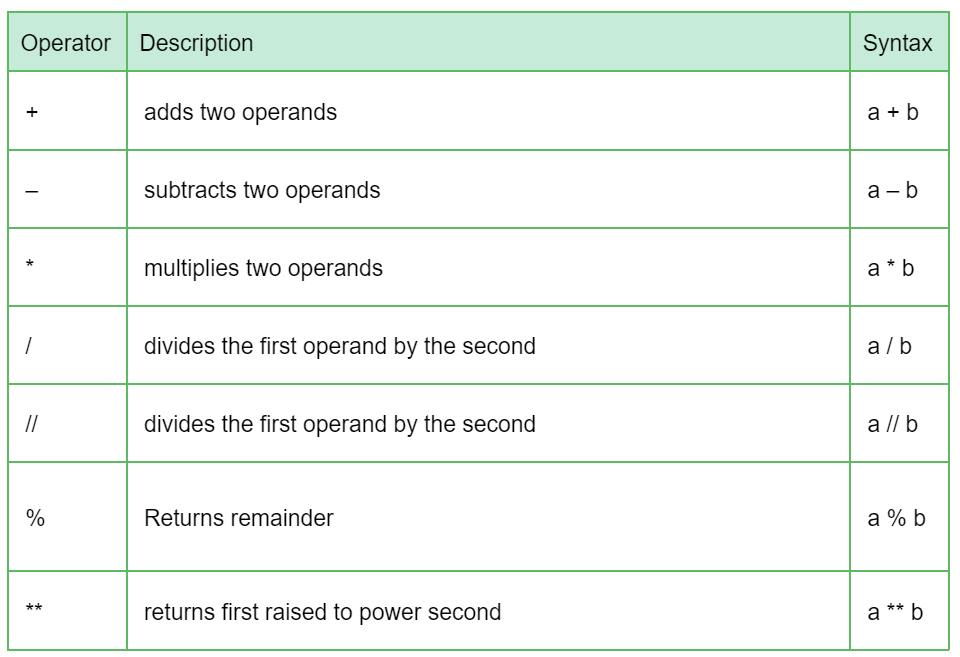
I'd be happy to explain the 7 arithmetic operators in Python!
Python provides a set of basic arithmetic operators that allow you to perform calculations with numbers. These operators can be categorized into two main groups: binary operators, which take two operands (left and right), and unary operators, which operate on a single value.
Addition (+): The addition operator is used to add the values of two numbers together. This operator returns the sum of the left-hand operand and the right-hand operand.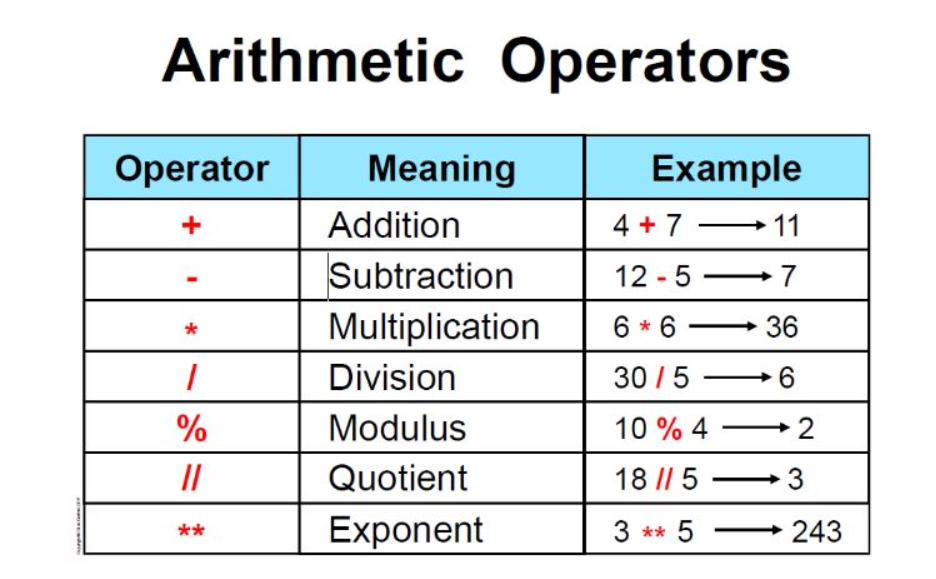
Example: a = 5; b = 3; c = a + b; print(c) will output 8.
Example: a = 5; b = 3; c = a - b; print(c) will output 2.
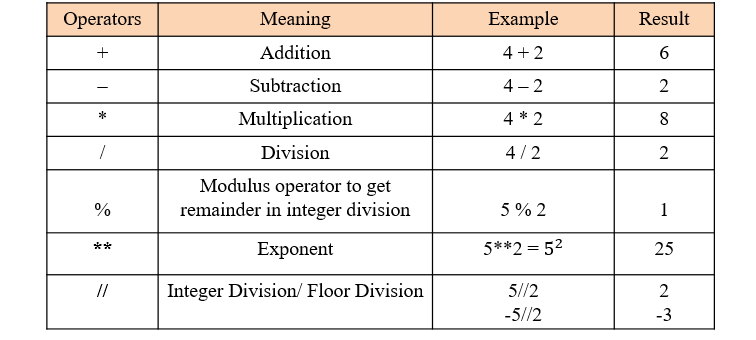
Example: a = 5; b = 3; c = a * b; print(c) will output 15.
Example: a = 5; b = 2; c = a / b; print(c) will output 2.5.
Note that in Python 3.x and later, the / operator performs "true division", which means it always returns a float, even if the operands are integers. To get integer division, you can use the // operator (see below).
Example: a = 5; b = 2; c = a // b; print(c) will output 2.
Example: a = 17; b = 5; c = a % b; print(c) will output 2, because 17 divided by 5 leaves a remainder of 2.
Example: a = 2; b = 3; c = a ** b; print(c) will output 8, because 2 raised to the power of 3 equals 8.
These arithmetic operators are essential for performing calculations in Python, and you'll likely use them frequently in your programming endeavors!
